Kazumi Nakamura

Kazumi Nakamura
June 5 – August 7, 2021Tokyo
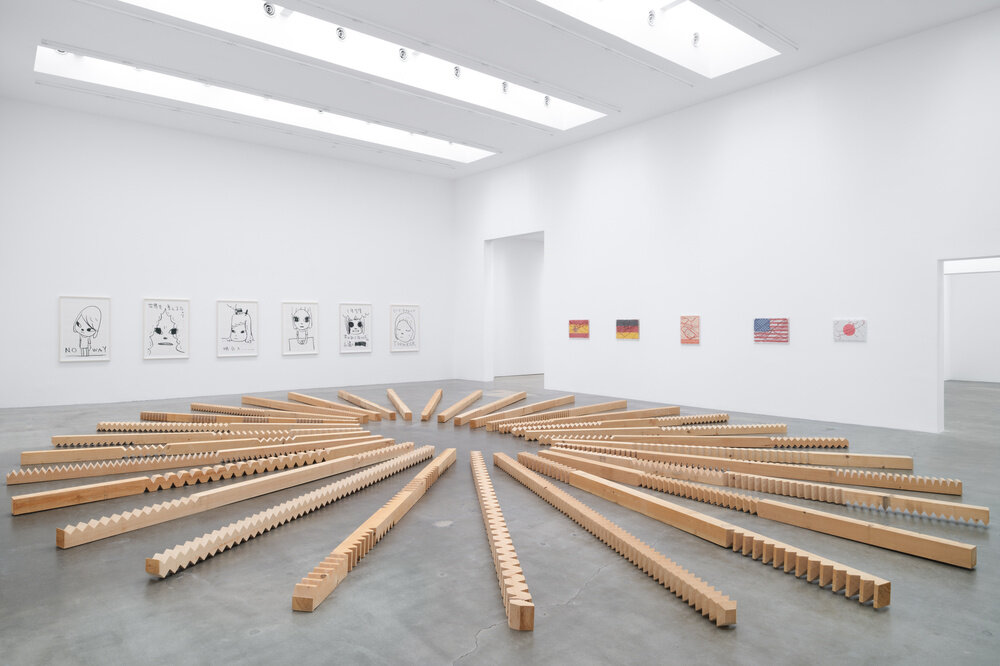
Written with a Splash of Blood
January 13 – March 3, 2024Los Angeles
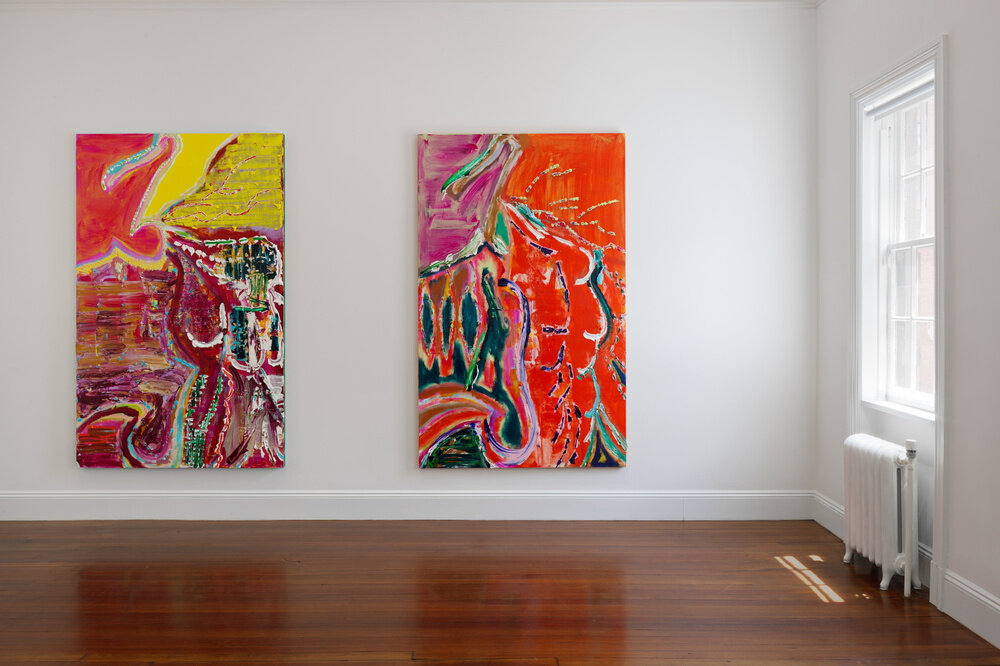
Kazumi Nakamura
June 1 – August 4, 2017New York
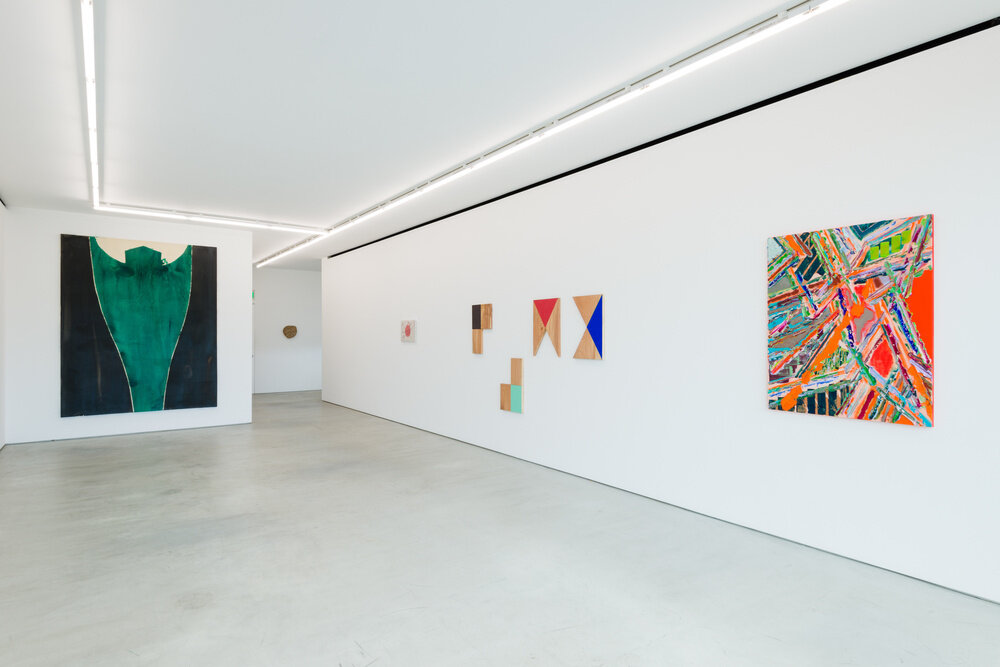
February 20 – March 19, 2021Tokyo
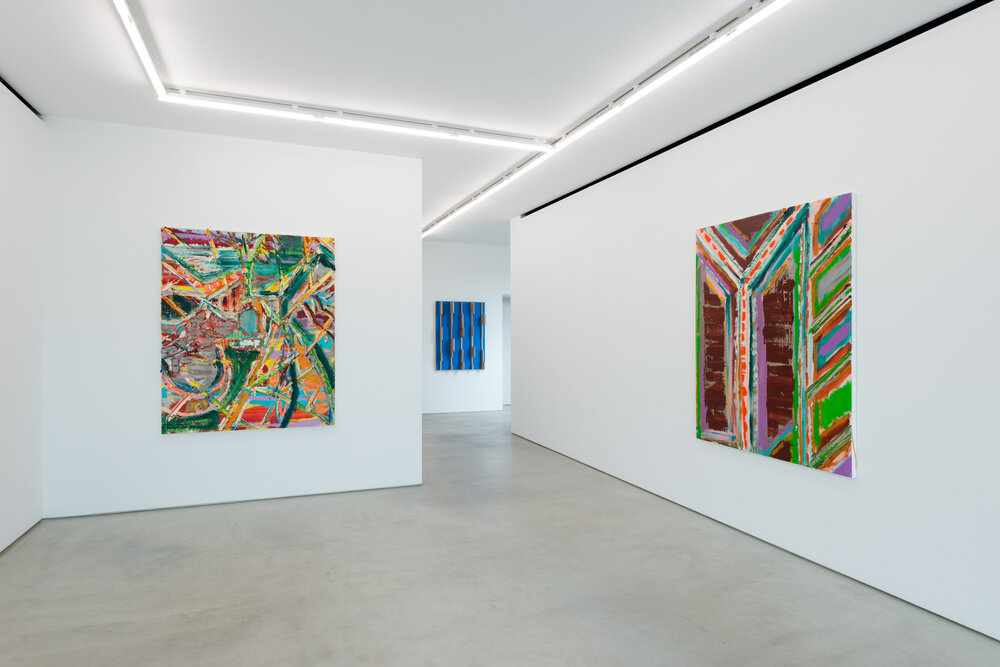
July 21 – August 8, 2020Tokyo
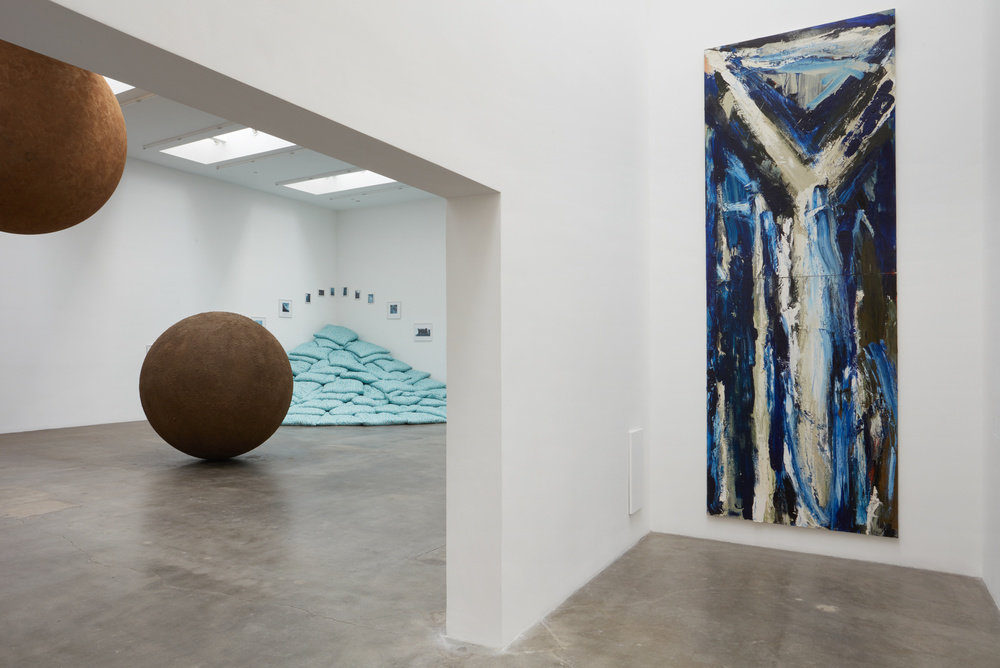
Curated by Mika Yoshitake
Part I: February 14 – March 23, 2019Los Angeles
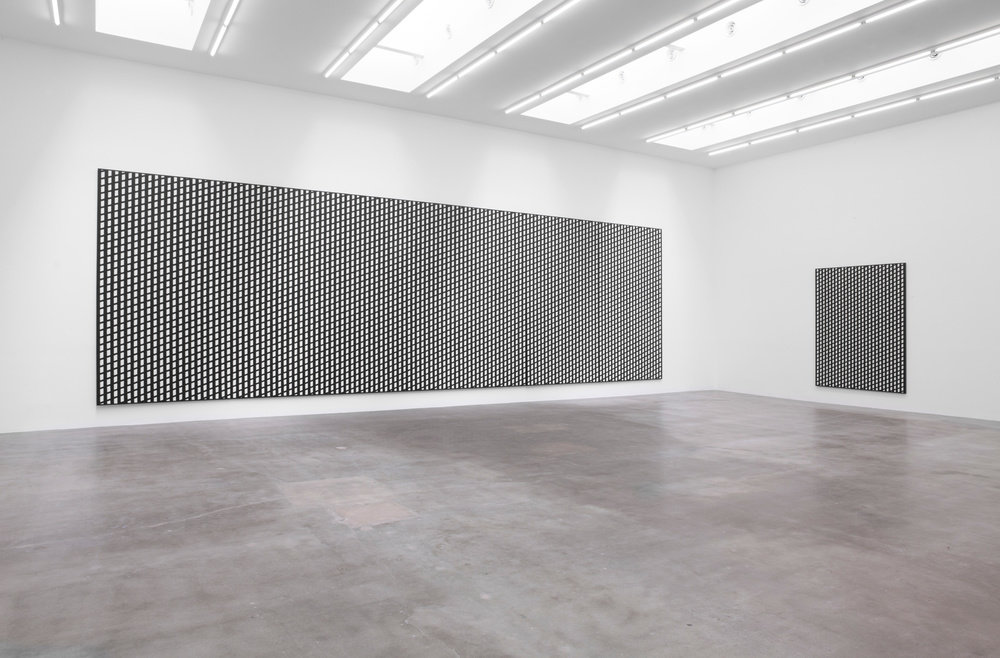
Kazumi Nakamura
September 11 – October 24, 2015Los Angeles
Biography
Kazumi Nakamura (b. 1956, Chiba, Japan) currently lives and works in Tokyo, Japan. He began his career against the backdrop of the Japanese Post-Minimalism painting milieu, which developed concurrently with American and European Neo-Expressionism. He entered the Tokyo University of the Arts with the intention to study art theory but soon found himself studying under Mono-ha artist Kōji Enokura, a mentor who encouraged him to focus on creating art. Nakamura subsequently developed a practice that draws on traditional Eastern depictions of space, filtered through a lens of American Modernism, (Zen) Buddhist thought, and post-structural philosophy.
His oeuvre is grouped into distinct though interconnected bodies of work, each of which has unique characteristics that are what curator Mika Yoshitake terms “semiotics of abstraction.” During the 1980s, Nakamura made the Y-shape and Diagonal Grid series. The Y-shape paintings take the shape used to denote mulberry fields in Japanese cartography as their main motif. This serves not only a formalistic interpretation of natural topography but also carries psychological and allegorical meanings, both alluding to the trees that were local to Nakamura’s family home and the historical decline of sericulture, an industry that his mother’s family had been in engaged in until the 1960s. The Diagonal Grid paintings derive their geometric abstraction from the skewed form of representation seen in thirteenth-century Japanese scroll paintings, in which roofs of buildings are removed to reveal the interiors. Nakamura views these diagonal grids as completely different from the frontal, vertical-horizontal grids which characterize the centricity and dominance of Western modernism; by contrast, Nakamura’s grids shift one’s view toward the outside of the composition.
Since the 1990s, the Ranging Difference – Broken Shelter and Broken Hermitage series have focused on the nature of distraction and social conditions caused by the Great Hanshin-Awaji Earthquake in 1995 and the Great East Japan Earthquake in 2011. With their ragged, expressive brushstrokes, the diagonal lines seem to fluctuate between three- and two-dimensionality. Similarly, in A Bird in its Existence, begun in the 2000s, he shifts from the logical grid to emotional abstraction, employing the semiotic outline of abstract birds to indicate the unstable ambiguity of existence. These canvases, textured with thick paint and heavy brushstrokes, also feature a recurring “Y,” referring back to the symbolism of his earlier work. Nakamura was inspired to make them while climbing a mountain and seeing a bird swoop downward from its peak. Nakamura supposes that if one interprets all existence as capable of some form of flight, humankind is able to reverse even malevolent and tragic conditions like an airborne bird. Nakamura has described these entire bodies of work as “social semantics.”
According to Yoshitake, “Nakamura’s practice maintains a critical commitment to abstraction through both a personal and political semiotics … His method of painting a pre-determined motif repeatedly over time reflects an interest not in the individual, self-contained work, but in the in-between structures (the discrepancies between and among several works in a series), which he has termed ‘differential images.’ Nakamura’s approach to history and conceptualization of images indicates an awareness of postmodernist tendencies of deconstruction (no longer engaged with the self-reflective criticism of essence in painting, but a subversion of the medium as fixed) and textuality (partial, open to contingencies, not autonomous).”
Nakamura has exhibited throughout Europe, the Middle East, and East Asia for the past forty years, with solo museum exhibitions including a large-scale retrospective at the National Art Center, Tokyo, Japan (2014); Iwaki City Art Museum, Iwaki City, Japan (2002); and Sezon Museum of Modern Art, Nagano, Japan (1999). He has also participated in numerous distinguished group exhibitions including 57th October Salon: The Marvellous Cacophony, Belgrade, Serbia (2018); Imago Mundi, Pratt Institute, Brooklyn, NY (2016); Re: Quest―Japanese Contemporary Art since the 1970s, Museum of Art, Seoul National University, Seoul, South Korea (2013); Japan Today, Louisiana Museum of Modern Art, Humlebæk, Denmark (1995); Allegory of Seeing, Sezon Museum of Art, Tokyo, Japan (1995); Japanese Art after 1945: Scream against the Sky, Yokohama Museum of Art, Yokohama, Japan (1994); and JAPAN ’89, Municipal Museum of Contemporary Art Ghent, Belgium (1989).
Nakamura received the 65th Japan Minister of Education, Culture, Sports, Science and Technology’s Art Encouragement Prize in 2015 and the Takashimaya Art Award in 2007. His work is featured in numerous institutional collections, including Busan Museum of Art, Busan, South Korea; Hara Museum of Contemporary Art, Tokyo, Japan; Museum of Contemporary Art, Tokyo, Japan; National Museum of Modern Art, Tokyo, Japan; National Museum of Art, Osaka, Japan; Rachofsky Collection, Dallas, TX; Reykjavík Art Museum, Reykjavík, Iceland; Sezon Museum of Modern Art, Nagano, Japan; Toyota Municipal Museum of Art, Toyota, Japan; and the Yokohama Museum of Art, Yokohama, Japan.
Selected Works
News
Kazumi Nakamura | Kawagoe City Art Museum, Kawagoe, Japan
10/20/2023
Kazumi Nakamura | Chengdu Biennale, Chengdu, China
11/06/2021
Los Angeles Times: Gloppy Abandon Meets Elegant Restraint
09/21/2015
Kazumi Nakamura | VernissageTV | Blum & Poe, Los Angeles
09/15/2015
Art Limited: Kazumi Nakamura
03/19/2014
Japan Times: Kazumi Nakamura at The National Art Center, Tokyo
03/12/2014
Related Publications
Kazumi Nakamura
Parergon: Japanese Art of the 1980s and 1990s